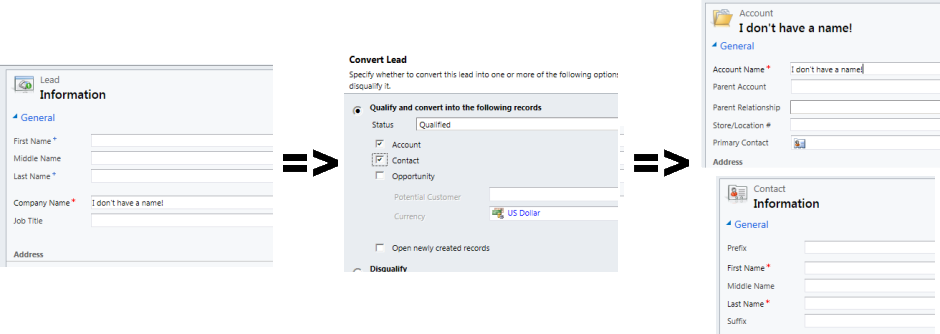I stumbled across this on the web today, courtesy of Mark Perry / Carpe Diem, and had to share it, because it does a good job of illustrating the perceived gender inequality in education.
57% of students in postsecondary education are men.
52% of students in gifted and talented education programs in 2009 were boys.
In 2009-10, men received 62% of all associate’s degrees, 57% of of all bachelor’s degrees, 62% of all master’s degrees, and 53% of all doctorate degrees.
One would read that and likely say it is conclusive evidence that women are under-represented in education, and there is gender inequality against them.
However, that would be a lie. In copying the above from the source, I changed all references from women to men. The actual facts should read as follows:
57% of students in postsecondary education are women.
52% of students in gifted and talented education programs in 2009 were girls.
In 2009-10, women received 62% of all associate’s degrees, 57% of of all bachelor’s degrees, 62% of all master’s degrees, and 53% of all doctorate degrees.
To show the same in a table:
| |
# of Men |
# of Women |
| Postsecondary Education |
10 |
13 |
| Gifted and Talented Education Programs |
10 |
11 |
| Associate’s Degrees |
10 |
16 |
| Bachelor’s Degrees |
10 |
13 |
| Master’s Degrees |
10 |
16 |
| Doctorate Degrees |
10 |
11 |
Obviously, there are many reasons for this, some of which are:
What does this mean? To me, it means this: men and women are interested in different things, have different goals, and make different choices in life. Men make choices such as military service (or crime) more than women; they choose to be firefighters (98% male) and engineers (89% male), whereas women choose to be teachers (about 85% female), social workers (81% female), and registered nurses (94% female).
So is there a “gender gap”? No more than there is a “pet acceptance gap.” Consider the differences in dog and cat acceptance in U.S. households, where there are 10% more cats than dogs in U.S. households. Why? Because cats and dogs are different, so people accept them differently, and in different numbers.
The bottom line: There are gender differences; the gaps are created by those differences.
Disclaimer: Obviously, there are specific instances where men and/or women are unfairly treated in education, or in certain professions, or in certain social circles. This commentary is not to focus on the individual experience, but on the experience as a whole. Though there may be injustice in life at times, it does not mean that all of life is unjust. And, of course, correlation does not imply causality.

